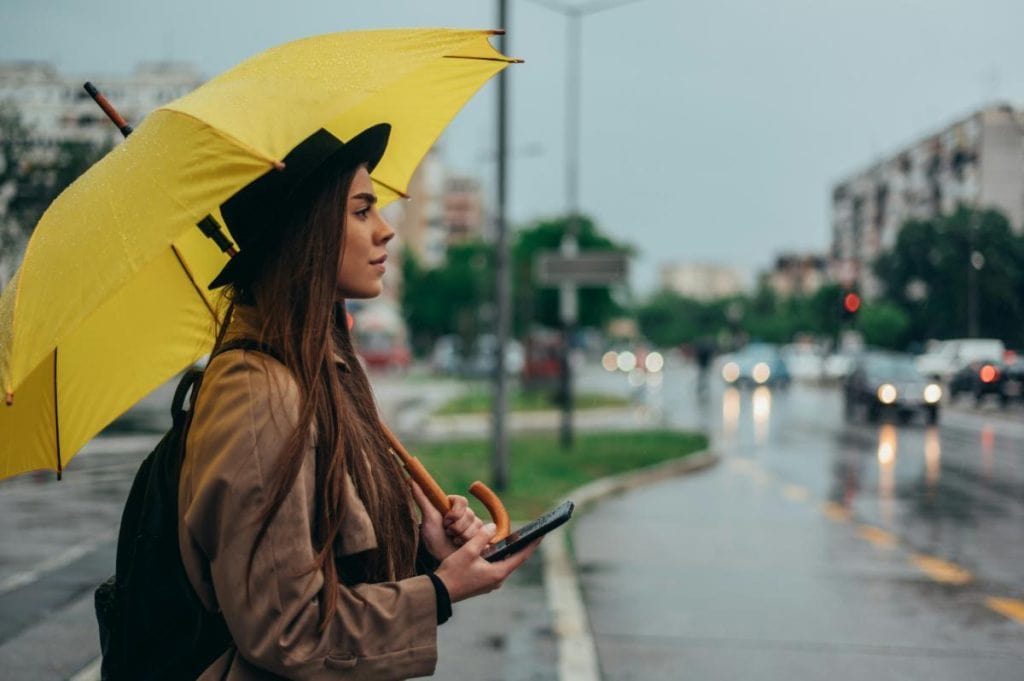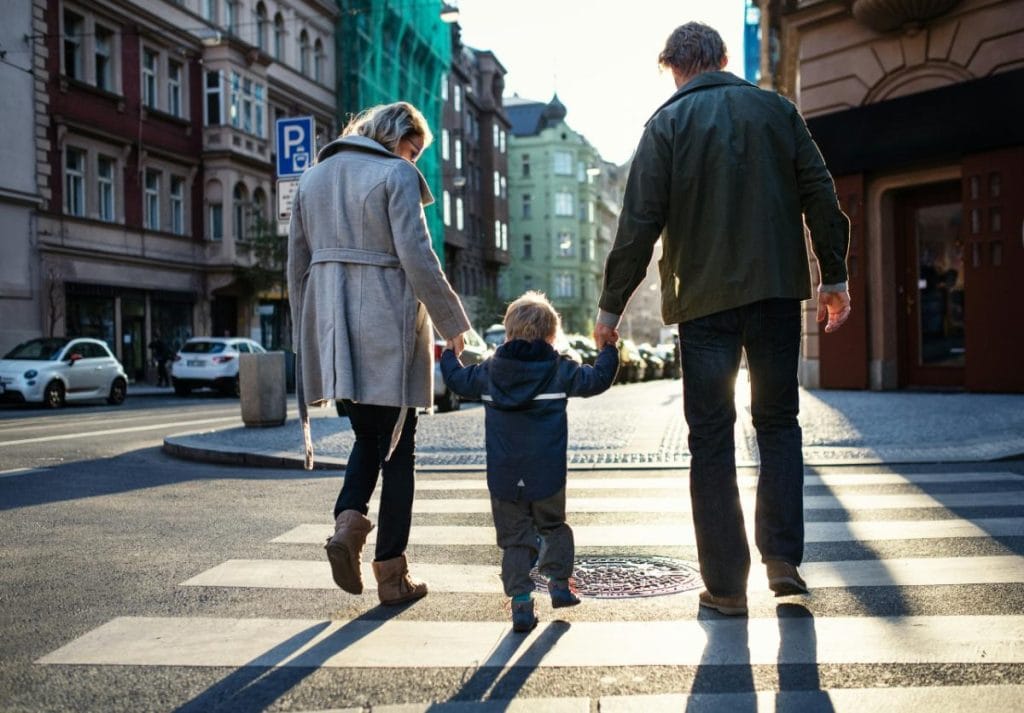Walking is one of the simplest and most effective ways to maintain physical health and mental well-being. Walking offers numerous benefits, whether you’re strolling through your neighborhood, commuting to work, or hiking in a park. However, it’s essential to be aware of potential dangers and practice safety to ensure your walk is enjoyable and secure. Here are seven practical walking safety tips everyone should know.

Follow Traffic Signals and Rules
Following traffic signals and rules is essential for the safety of both drivers and pedestrians. While drivers are often the focus of traffic regulations, pedestrians must also strictly adhere to them to ensure their safety. When crossing streets, only do so when the pedestrian signal is green, and take the time to look both ways before stepping onto the road.
This simple act of caution can prevent accidents, even when you have the right of way. A Sevierville Pedestrian Accident Lawyer explains how it’s crucial to stay alert for drivers who may be distracted or fail to notice pedestrians. In areas without sidewalks, walking against traffic is advisable, as it allows you to see oncoming vehicles, anticipate their movements, and make eye contact with drivers, which can enhance your safety.
By consistently following these traffic rules, you can significantly reduce your risk of being involved in an accident and help create a safer environment for everyone on the road.
Stay Visible at All Times
One of the most important aspects of walking safety is ensuring that you are visible to drivers, cyclists, and other pedestrians, especially during low-light conditions. Wearing bright or reflective clothing can make a significant difference. Reflective vests, bands, or even carrying a small flashlight can help others spot you from a distance. If you’re walking at night, it’s advisable to stick to well-lit areas. Avoid wearing dark clothing as it makes it harder for others to see you, increasing the risk of accidents. Always make sure you are visible enough to prevent any potential mishaps.
Use Designated Walking Paths
Whenever possible, use sidewalks, pedestrian lanes, and other designated walking paths. These areas are specifically designed to keep pedestrians safe from vehicular traffic. Crossing the street should always be done at crosswalks or intersections where drivers expect to see pedestrians. Jaywalking, or crossing streets in areas without crosswalks, can be extremely dangerous and should be avoided. Designated paths not only provide safety but also often offer a more pleasant walking environment, free from the dangers posed by fast-moving traffic.
Stay Alert and Avoid Distractions
In today’s digital age, it’s easy to get distracted by smartphones, music players, or other devices while walking. However, staying alert is crucial to your safety. Avoid texting, talking on the phone, or listening to music at high volumes, as these activities can divert your attention from your surroundings. Keeping your head up and being aware of your environment allows you to spot potential hazards, such as oncoming vehicles, uneven pavement, or other obstacles. Staying alert can also help you react more quickly to any unexpected situations, thereby preventing accidents.
Be Cautious in Poor Weather Conditions
Weather conditions can have a significant impact on walking safety. Rain, snow, or ice can make sidewalks slippery and reduce visibility for both pedestrians and drivers. During such conditions, it’s important to wear appropriate footwear with good traction to prevent slipping. If you’re walking in the rain, a brightly colored or reflective raincoat can enhance your visibility. Additionally, it’s wise to slow down and take smaller steps to maintain balance on slippery surfaces. Being cautious during poor weather conditions ensures that you can enjoy your walk without unnecessary risks.
Walk with a Buddy or in Groups
Walking with a buddy or in groups can enhance safety, particularly in unfamiliar or less populated areas. There is strength in numbers, and having a companion can deter potential threats such as muggers or attackers. Walking in pairs or groups also ensures that there’s someone to assist in case of an emergency, like a sudden fall or injury. Additionally, socializing while walking can make the experience more enjoyable and less stressful, providing both physical and emotional benefits. If you frequently walk alone, consider joining a walking group or inviting a friend along.
Trust Your Instincts and Be Aware of Your Surroundings
Another crucial tip for walking safety is to always trust your instincts and remain aware of your surroundings. If something doesn’t feel right, such as a person or situation that makes you uncomfortable, it’s important to take action immediately. This might mean crossing the street, changing your route, or finding a more populated area. Being aware of your surroundings also means paying attention to the behavior of others around you, such as noticing if someone is following you or if a vehicle is driving erratically. By trusting your gut and staying observant, you can avoid potentially dangerous situations and keep yourself safe while walking.

Walking is a fantastic way to stay active and healthy, but safety should always be a priority. By staying visible, using designated paths, staying alert, following traffic rules, being cautious in poor weather, walking with a buddy, and trusting your instincts, you can significantly reduce the risks associated with walking. These practical safety tips will help ensure that your walks are not only beneficial to your health but also safe and enjoyable. So, lace up your shoes, keep these tips in mind, and enjoy your walk with confidence.
